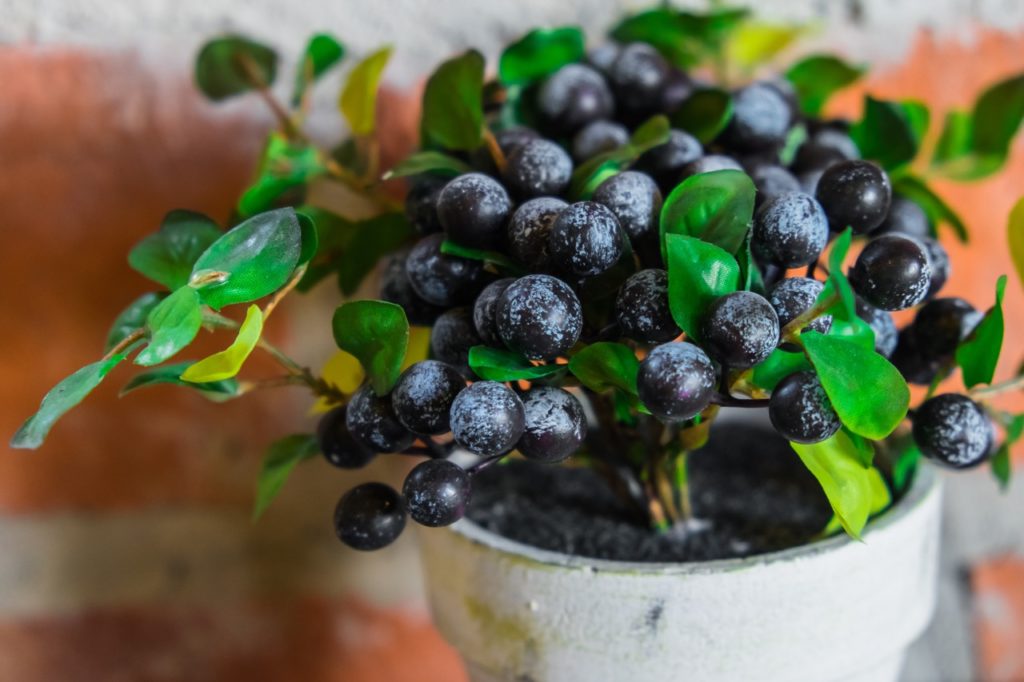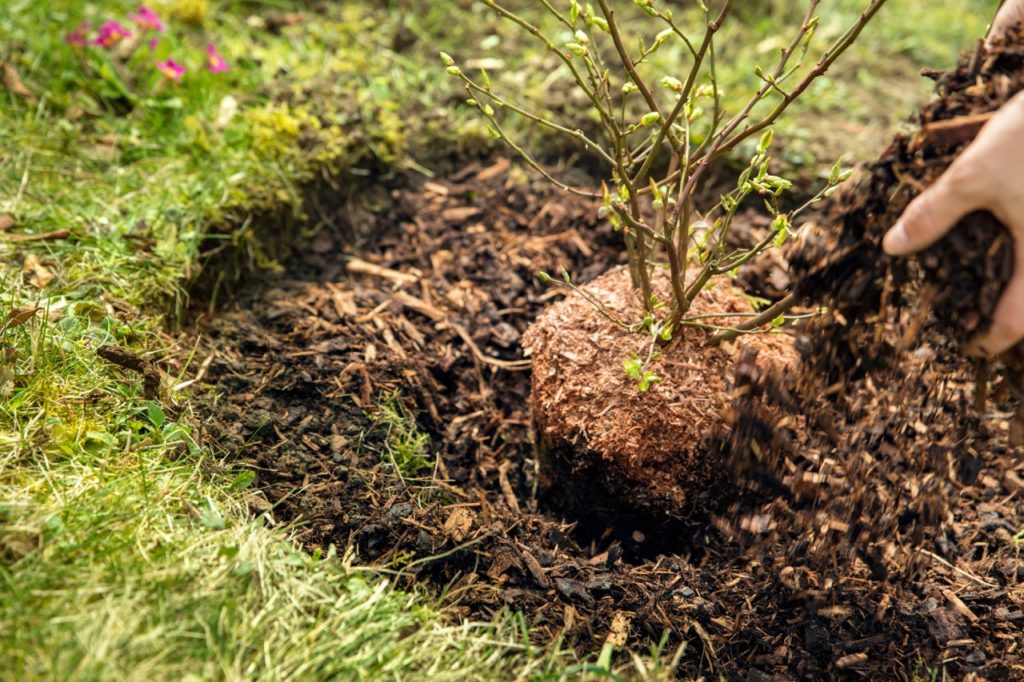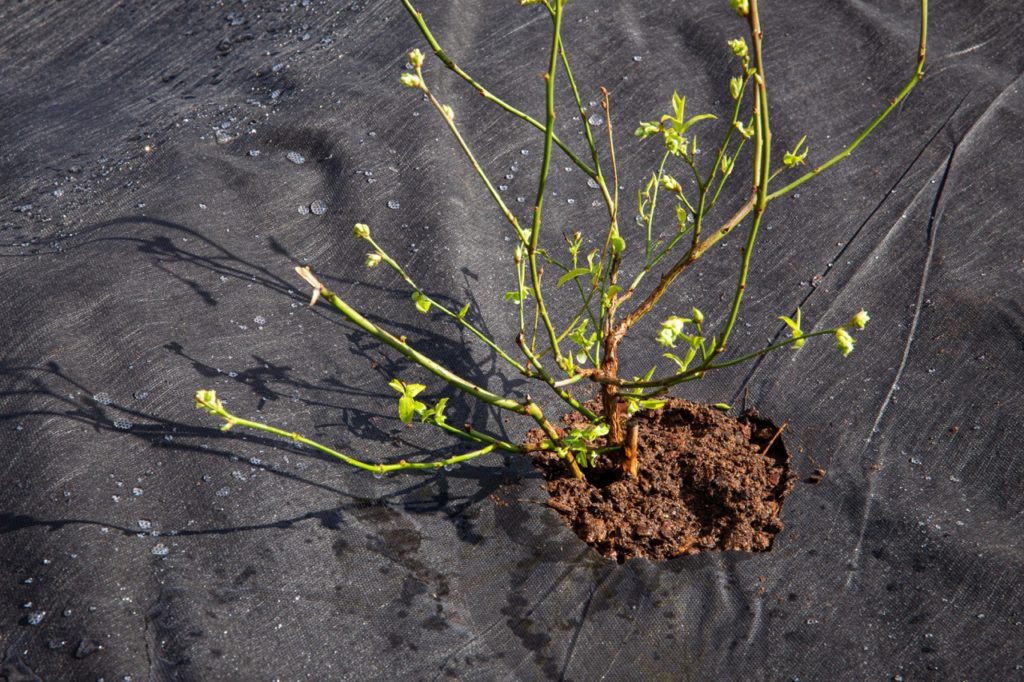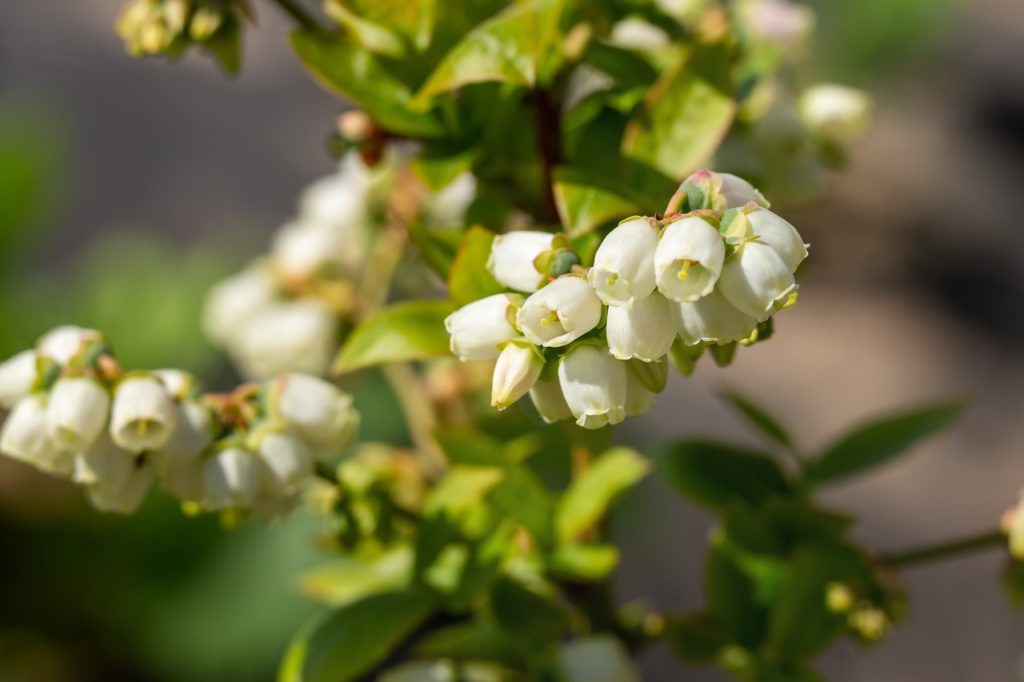Most Blueberry Cultivars Are Winter Hardy – But These 5 Steps Will Ensure They Survive

FRUIT > BLUEBERRY > OVERWINTERING
Reviewed By COLIN SKELLY

Colin is a Horticulturist and Horticultural Consultant with experience in a range of practical and managerial roles across heritage, commercial and public horticulture. He holds the Royal Horticultural Society’s Master of Horticulture award and has a particular interest in horticultural ecology and naturalistic planting for habitat and climate resilience.
IN THIS GUIDE
BLUEBERRY GUIDES
Container Growing
Cuttings Propagation
Feeding
Harvesting
Pruning
Repotting
Varieties
Winter Care
The vast majority of commercially-available blueberry cultivars are hardy to H6, which means that they are hardy throughout the length and breadth of the UK and can withstand temperatures well below freezing.
However, it’s still recommended that you think about your blueberry plants in some way over the winter months to ensure their safety.
In this article, I’ll take you through these ifs and buts and all the finer points as we run through several measures to help you care for your blueberry bush during winter:
- Move any potted plants indoors or to a sheltered location.
- Provide protection to your blueberry plants that are outdoors.
- Mulch your blueberry plants to protect their roots.
- Ensure your plants are shielded from the north wind and from waterlogged soil.
- If needed, protect the flower buds.
These measures are explained in more depth below.
| Difficulty | Easy |
| Equipment Required | Gardening shovel |
| When To Overwinter | Early November |
1) Move Potted Plants Indoors
If you live in a cold region, your blueberry bush is hardy to H4 or perhaps H5, and you expect a frost, play it safe and simply shift the plant indoors or into a sheltered location.
In order to produce flowering and fruiting buds, blueberry bushes need a certain number of chilling hours during winter, meaning temperatures within a range from 0-7°C.

UK cultivars are mostly northern highbush types with half-high types making up the rest.
The former needs 900-1,000 chilling hours while the latter types need about 800 chilling hours.1Longstroth, M. (n.d.). The annual cycle of growth of northern highbush blueberry. Michigan State University. Retrieved March 13, 2023, from https://www.canr.msu.edu/uploads/files/Bluerry_CycleOfGrowth_Mark.pdf
So, by all means, shift your potted blueberry bush indoors, but you should either keep it where the temperature stays below 7°C or if this is not possible, move it back outside as soon as the worst frosts have passed.
2) Protect Outdoor Plants
You may well have a blueberry bush that is hardy enough in your region to spend the winter outdoors.
If so, you can make double sure that the roots will not be affected by severe cold.
Simply wrap two layers of hessian, styrofoam sheeting, or even an old blanket around the pot or over the ground to insulate your plant’s roots.
3) Apply Mulch
Open-ground blueberry bushes are best protected by laying a thick mulch around them.
Mulches for blueberry bushes should be ericaceous or acidic – and using a suitable mulch can serve the dual-purpose of helping to feed the plants.

Mulch made of pine needles, pine bark, other conifers’ bark, and leaf compost is perfect.
Leave about 5cm around the main stem and lay mulch up to 6cm.
Tamp it down and feel free to lightly water it in.
4) Ensure Correct Growing Conditions
Two no-nos during winter for fruiting bushes are the chilly north wind and waterlogged soil.
A blueberry bush should not be planted where it has a northern aspect and if yours does, you may wish to consider transplanting it.
For the here and now, it would be best to set up a temporary barrier to shield the bush from northern exposure during winter.

Be aware that strong winds could blow an unstable barrier over on the bush.
Mulching the bush will guard it against getting waterlogged during normal rains, but a heavy winter rainstorm or prolonged rainy weather can damage the bush’s roots.
If very wet weather is on the horizon, protect the plant by temporarily laying a tarp around it to cover the roots’ span.
5) Protect Buds If Necessary
Regardless of the hardiness rating of a blueberry bush, frost can potentially damage the flower buds, and fewer flowers mean fewer berries.
As such, if a frost or unseasonable cold is anticipated late in spring after the bush has put up a good number of buds, they will need to be protected.
“As winters are becoming milder on average but weather patterns more erratic, the biggest threat to my blueberry bushes in the southwest of the UK is late frosts damaging the early flowers,” shares Master Horticulturist Colin Skelly.

“I move my pots to a covered area and back out once night time temperatures have increased again.”
You can do so by loosely wrapping horticultural fleece around branches where buds are seen.
Undo the fleece during the height of the day and re-wrap in the evening.
Remove the fleece as soon as normal spring temperatures are reached.
References
- 1Longstroth, M. (n.d.). The annual cycle of growth of northern highbush blueberry. Michigan State University. Retrieved March 13, 2023, from https://www.canr.msu.edu/uploads/files/Bluerry_CycleOfGrowth_Mark.pdf

